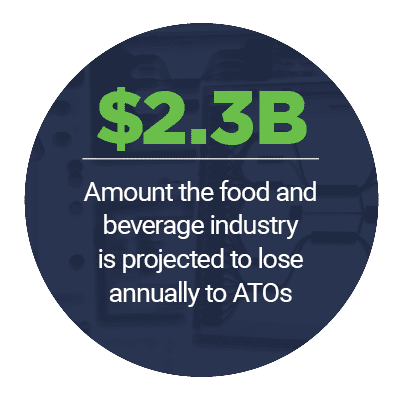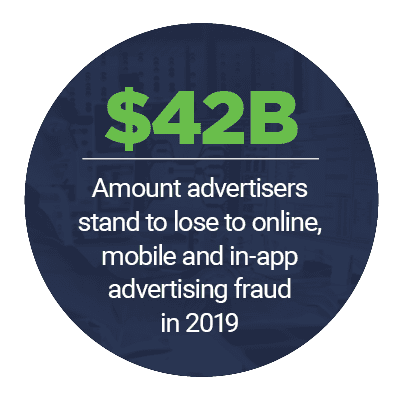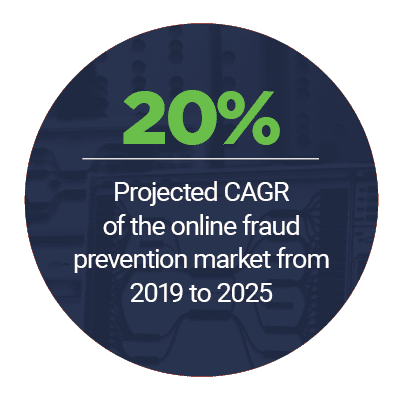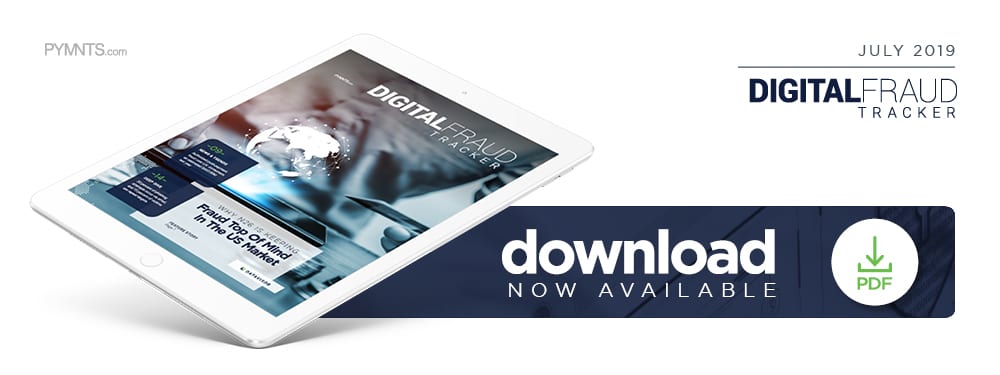Inside N26’s Fraud Protection Strategy

Fraudsters are muscling their way into new territories when it comes to how they approach consumers for their personal information. As such, both banks and businesses are looking to artificial intelligence (AI) and biometrics to keep fraudsters at bay.
In the latest “Digital Fraud Tracker,” PYMNTS examines how fraudsters are utilizing mobile and app-based channels for fraud attacks, as well as why fraudsters are still relying on phishing as a major fraud strategy even as they increase their use of new technologies and techniques.
Around the Digital Fraud World
Fraudsters are getting bolder with their scams and the technologies they use to enact them.
Certain schemes are seeing an uptick this year, with the Better Business Bureau (BBB) warning younger generations about a rise in student loan scams. These particular scams involve fraudsters contacting students or graduates through robocalls, offering loan forgiveness and requesting additional contact information such as an email address or even money upfront.
Some are bringing new technologies into their fraud attacks, especially as those new technologies become more prevalent in certain markets. In South Africa, mobile, digital and app-based fraud saw a 75% jump between 2017 and 2018, for example. This comes as more South African consumers are starting to rely on these channels for more of their daily retail and banking needs.
Other fraudsters are still relying on tried and true schemes, however, such as phishing.  These schemes include 16Shop, a phishing attack that targeted Amazon Prime shoppers on the 2019 Prime Day. The scam allowed fraudsters to build a PDF riddle with malicious sites designed to resemble the Amazon page, and then requested personal information from users such as email addresses and Social Security numbers.
These schemes include 16Shop, a phishing attack that targeted Amazon Prime shoppers on the 2019 Prime Day. The scam allowed fraudsters to build a PDF riddle with malicious sites designed to resemble the Amazon page, and then requested personal information from users such as email addresses and Social Security numbers.
For more on these and other stories, visit the Tracker’s News & Trends section.
A Global Team Is Essential to Fraud Protection, Says N26
Fraud concerns may be growing, but they’re not stopping banks and FinTechs from moving into new markets or from trying to engage new customer bases. Only two weeks after its move to the United States, German challenger bank N26 has a waitlist of 100,000 U.S. consumers ready to join its ranks. But to ensure that these customers can transact with the speed and efficiency to which they’re accustomed, N26 needs to make sure fraud protection is a top priority. That’s why the bank is relying on its global presence, complete with teams in local markets, to stomp out fraud around the world, says Nicolas Kopp, U.S. CEO for N26.
To learn more about N26’s entrance into the U.S. market and its fraud protection strategy, visit the Tracker’s feature story.
Deep Dive: Why Fraudsters See Value in Phishing
Even as they begin to utilize innovate new technologies and techniques, fraudsters have continued to go phishing: these schemes remain some of the most popular ways that fraudsters attack banks, businesses and customers. Designed to trick users into giving up card details, email addresses, bank logins and other personal information, the frequency of phishing attacks increased 76% year over year (YOY) from 2018. But why do these attacks remain so popular, and what can institutions do to prevent them?
Visit the Tracker’s Deep Dive to find out.
About the Tracker
The “Digital Fraud Tracker,” powered by DataVisor, offers a monthly look at the latest data, news and trends surrounding fraud and cybersecurity.


